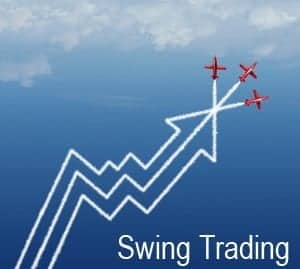
What is Technical Analysis?
Technical analysis assumes that price reflects all that is known about a company at any given point in time. Of course, the disciplines can be combined. History repeats in many walks of life and price action that represents supply and demand, driven by the psychology of market participants, should be no different. Therefore it makes sense to me, that analysis of historical data is really a search for repeatable patterns or occurrences within that data that may repeat in real time over and over. It is a process of stacking the odds in your favour rather than one of prediction. It is a process of utilising probabilities and statistics.
The advent of computers has seen massive development of stock trading software packages, which along with a high quality data provider such as Norgate Data will provide the user with price and volume data, along with a plethora of indicators which are derivatives of price and/or volume to add to the technical analyst’s arsenal. Prior to computers, any stock market chart would have been hand drawn, so computerisation has converted the practice of technical analysis to a vastly more efficient and powerful means of observing and utilising the price action of any particular market or instrument with stock analysis software.
Technicians are concerned mainly with price action. This is contrary to fundamental analysts who are more concerned with ‘value’. They analyse a companies’ performance; – management, balance sheets, profit & loss etc – and are more concerned with such metrics as earnings per share, future growth, and price/earnings ratios to name but a few.
One of the great misnomers of technical analysis is that it is a predictive tool. Even Wikipedia mentions it as being a “discipline for forecasting the direction of prices”. It is often shunned by fundamentalists for this ‘predictive’ reason. Personally I see no difference between a technician arriving at a buy level and profit target and a fundamentalist determining a level at which to buy (value) and one at which they will sell (overvalued).The process and ‘forecasting’ is one and the same, the only difference is the tools being used.
So choose your weapon with which to engage the markets; technical analysis, fundamental analysis or a combination. Make sure you weigh up the pros and cons of each and consider such things as; time to devote to the cause, timeliness of and efficiency in managing information or data, whether you want to hard code trading systems, reliability of information and the ability of your trading rules to be tested and measured.


